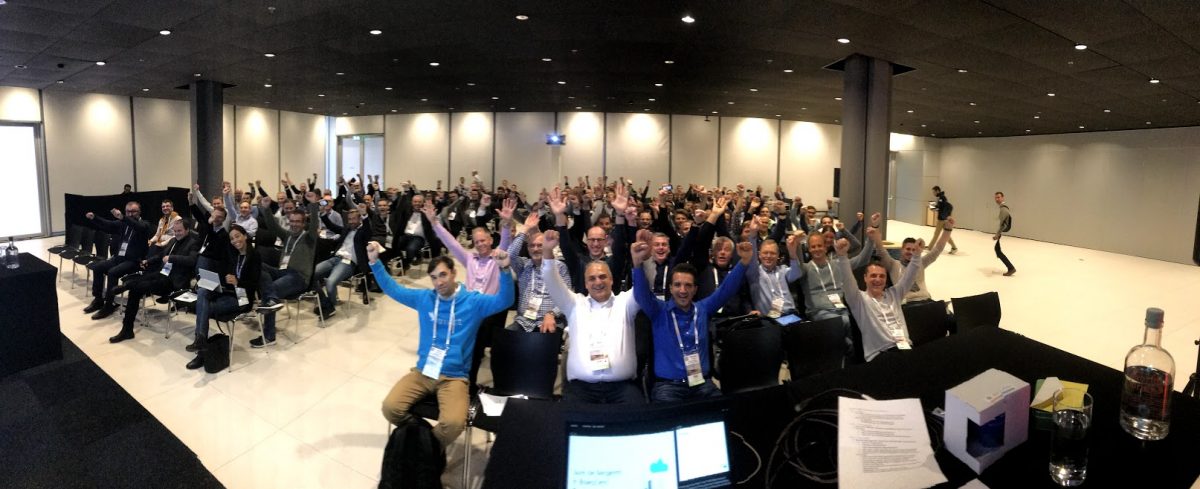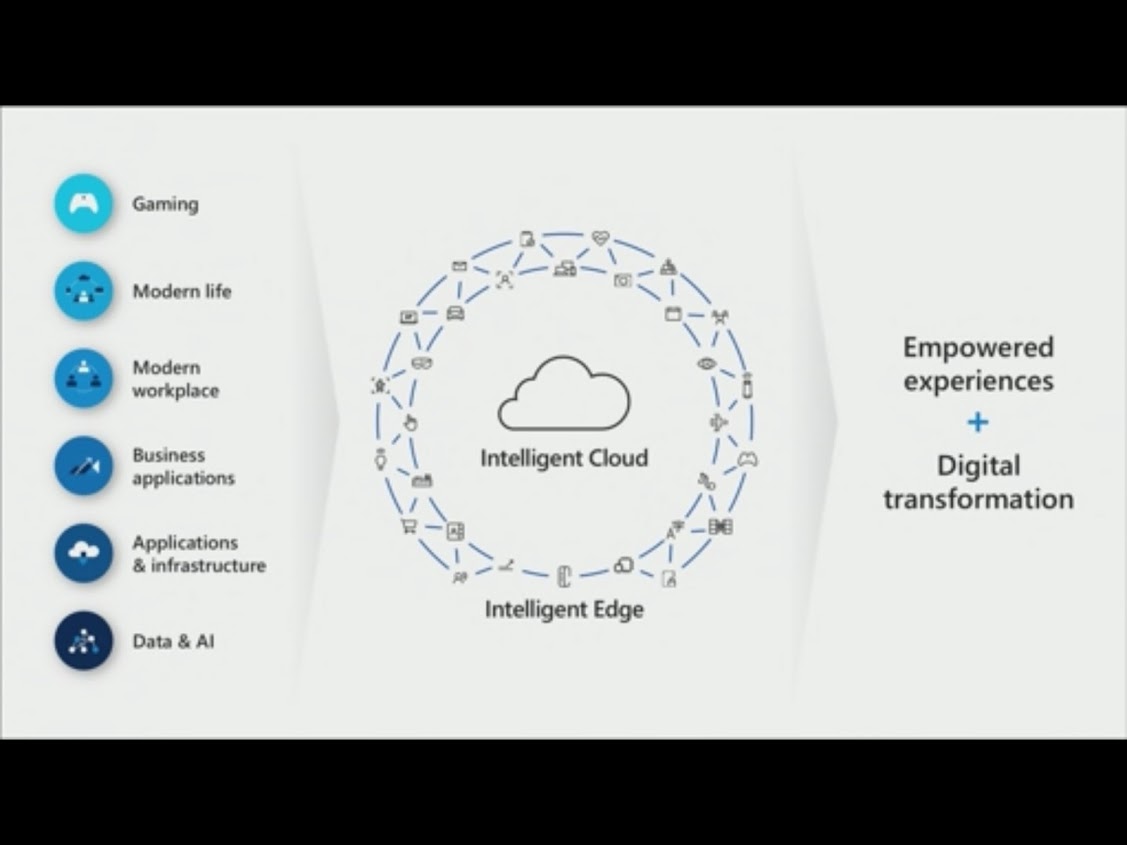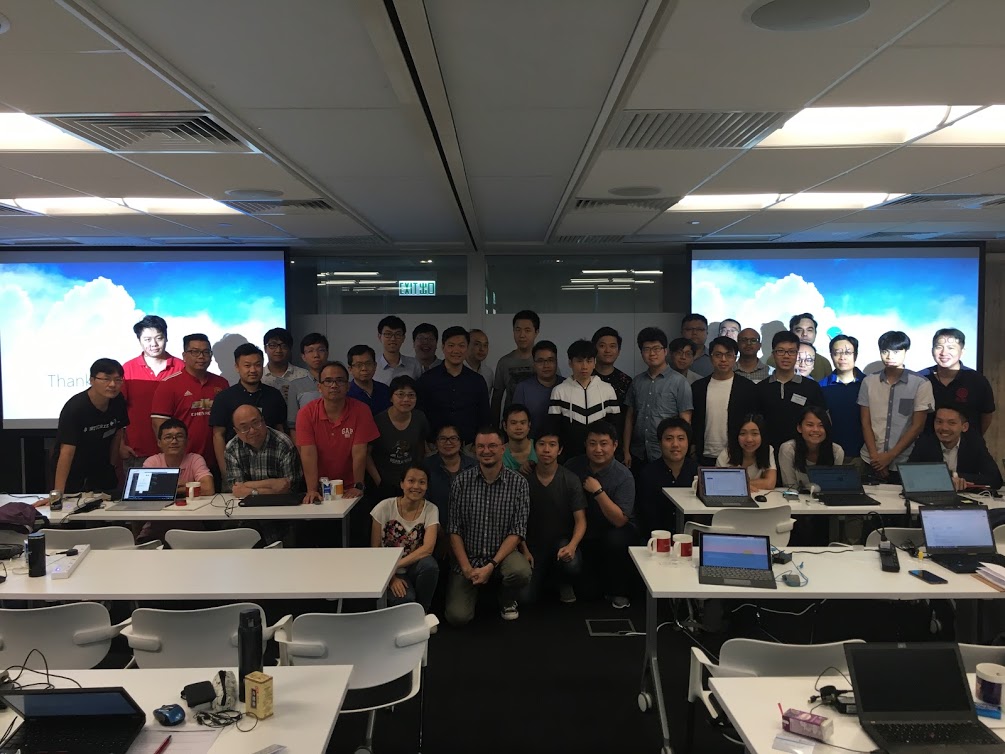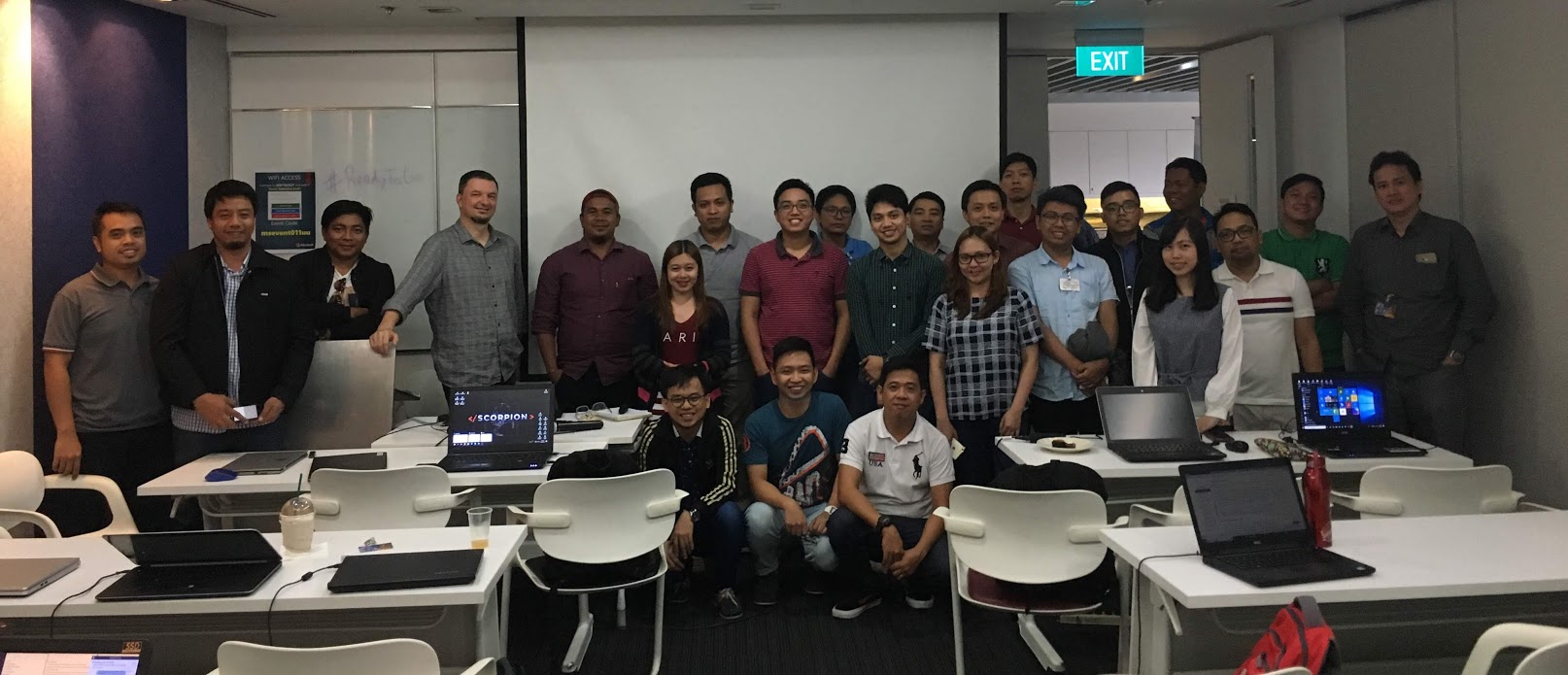This past week, there was another post by my good friend Arend-Jan Kauffmann about using Docker directly on Windows 10 (what are you still doing here? Go read AJ’s post!). He had previously written about using Docker in a Hyper-V VM, and he has helped me understand how this all works a number of times. Just to be sure I mention this here, you can read all about the technical details on Tobias Fenster’s blog but that goes over my head very quickly.
The reason why I am writing this is because I am very reluctant to make the step to install Docker directly on my laptop. What works for me at the moment is where I have Hyper-V enabled on my laptop, and I have a VM with just Windows Server 2016 (creating one with Windows Server 2019 is very high on the todo list). My Docker is installed in a snapshot of that VM, and that is where I do all of my development work. I wrote about this before, read it here.
See… I am the king of screwing up my computer. If there is anything, ANYTHING, that will mess up my computer and render it absolutely useless, I WILL find it, and I will kill my computer (I am hearing that in Liam Neeson’s voice by the way). I have had to re-install my laptop so many times because of things that went wrong. When I have a problem like this in my VM, I don’t even spend any time trying to figure out what went wrong (that gives me a headache just thinking about it). All I need to do is delete the snapshot, create a new one, and I’m back up in a matter of minutes. All my dev work is in repos that I sync regularly, so I never have to worry about losing any work.
I’ve read about Docker straight on Windows 10, and it sounds very nice and easy to use. At the same time, I read blog posts and even Tweets that mention damage to the host OS from normal Docker operations, and I just KNOW that if I try it will happen to me. My reluctance to use Docker on Windows 10 directly does not come from wanting to stay in the past, but it is more from the knowledge that I’m going to screw up my computer.
Maybe I’m too cautious, but for now I will stick to my setup and continue to use Docker inside a VM. It works for me, and for now that’s good enough.









